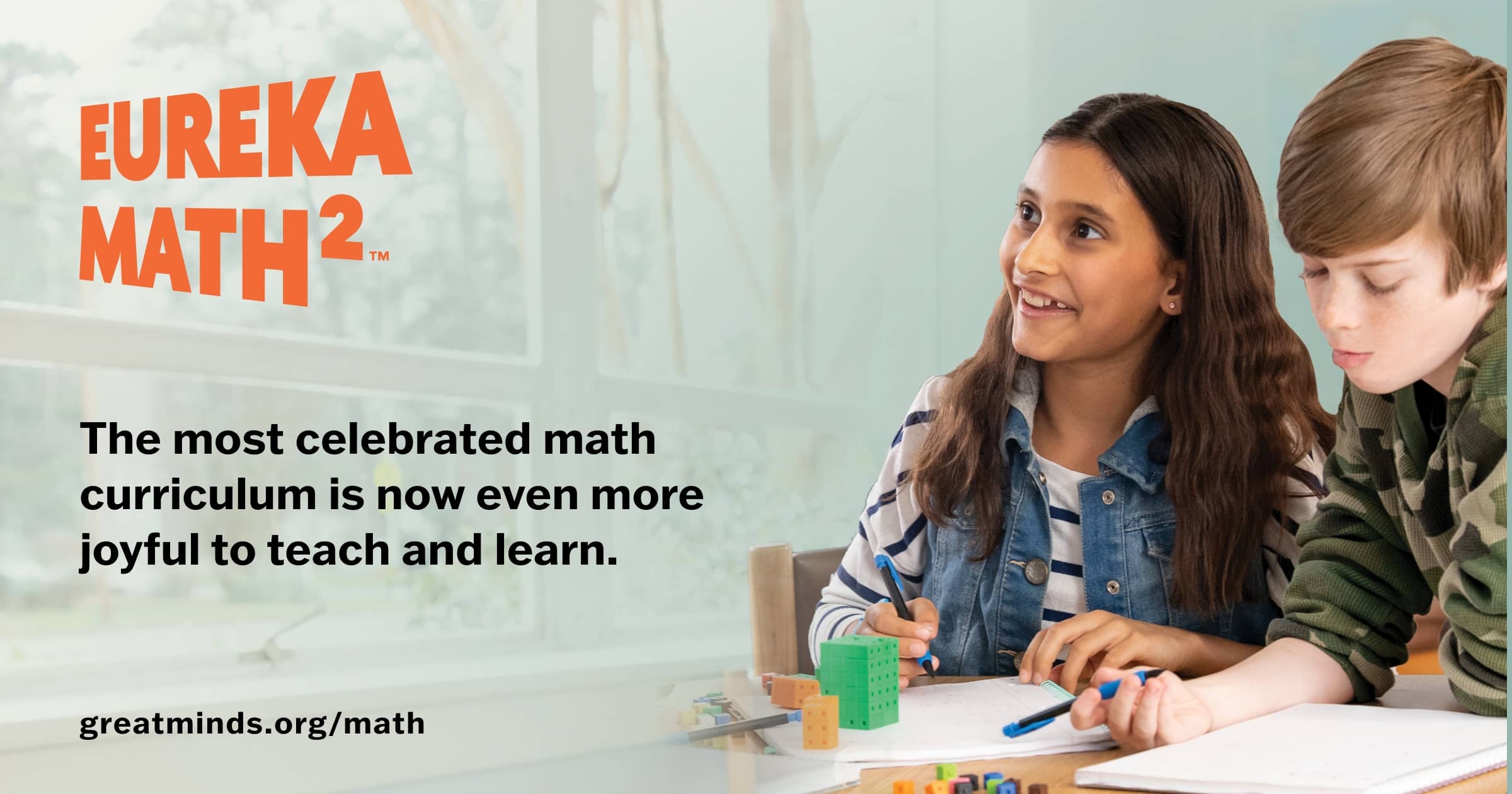1. [PDF] 0IWWSR
Given the function, find the x-intercept (s) and y-intercept if they exist and then use them to graph a sketch of the function. ()! / ( + 5)( 4). (*! g 5(2 ) !
2. [PDF] Solving Quadratic and Other Equations 3.1
is the number that will multiply by itself three times to equal 8. In this case it is equal to the value of 2 because. 23=2x2x2 = 8.
3. [PDF] Solving Quadratic and Other Equations 3.1
(geometric) pattern. Identify the type of sequence, fill in the missing values on the table and write an equation. 1. Term 1st.
4. [PDF] Module 3 Quadratic Equations - Mathematics Vision Project
Secondary Two Mathematics: An Integrated Approach. Module 3. Quadratic Equations. By. The Mathematics Vision Project: Scott Hendrickson, Joleigh Honey,. Barbara ...
5. Secondary Two Curriculum - Mathematics Vision Project | MVP
Mathematics Two Teacher Notes · Introduction to the Materials · Module 1: Quadratic Functions · Module 2: Structures of Expressions · Module 3: Quadratic Equations
Comprehensive Mathematics Instruction

6. [PDF] Eureka Math Algebra II Module 3 - HubSpot
1 Each lesson is ONE day, and ONE day is considered a 45-minute period. A STORY OF FUNCTIONS ..................
7. [PDF] secondary mathi // module 3 - features of functions - 3.1
Graph each of the functions. Name 3 points that lie on each graph. Choose a scale for your graph that will make it possible to graph your 3 chosen points.
8. Eureka Math²® - Elementary and Middle School Math Curriculum
Access our state alignment studies to see how Eureka Math supports your mathematics standards. ... math taught in the module. With this focus, the art ...
See AlsoGo Go Rentals FargoLearn about components built into Eureka Math²®, a revolutionary elementary and middle school mathematics curriculum from Great Minds®.

9. [PDF] mathematics vision project
Page 2. SECONDARY MATH II // MODULE 3. SOLVING QUADRATIC & OTHER EQUATIONS. MODULE 3 - TABLE OF CONTENTS. Solving Quadratic and Other Equations. 3.1 The In ...
10. Course 3 Resources - Carnegie Learning Help Center
Explore guides and resources for Course 3 of our Middle School Math Solution ... Module 2: Developing Function Foundations. Topic 1. Family Guide.
We make it easier for you to find the support you need! From how-to articles and videos, FAQs, teaching strategies, and more -- the Help Center will be your go-to resource during the school year.
11. Additional Resources and Supports | New York State Education ...
Brief 1: Science of Reading: What is it? Brief 2 ... Mathematics Curriculum Modules · English Language Arts Curriculum Modules. Grades 3-8 ELA and Mathematics ...
NYSED General Information: (518) 474-3852
12. [PDF] Secondary math 2 module 3 solving quadratics and other equations ...
Page 2. Secondary math 2 module 3 solving quadratics and other equations answers. No, I'm not here on behalf of the evil Big Pizza lobby. According to simple ...